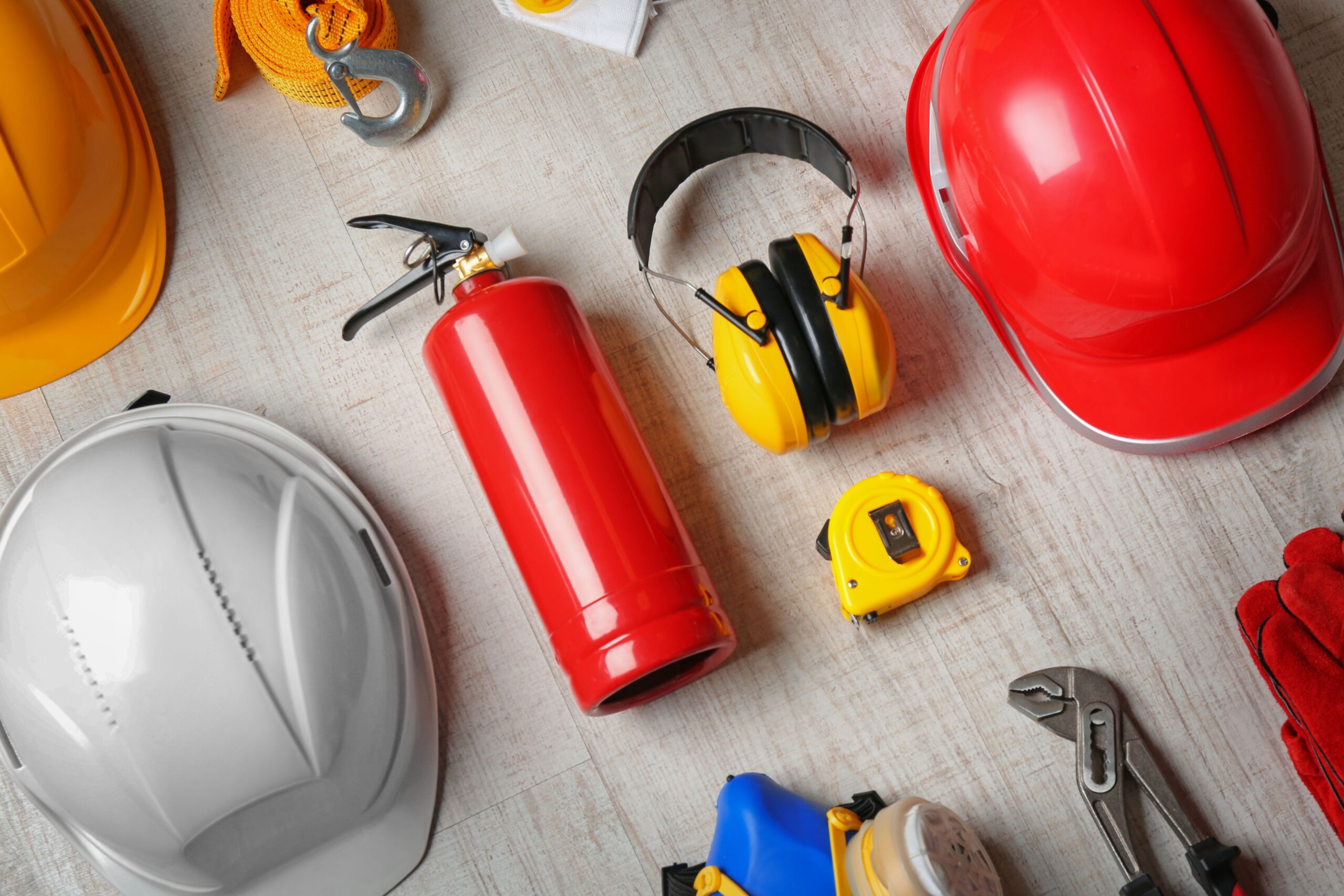Construction Manager’s Guide To Creating A Fire Safety Plan For A Project

With its unique set of risks, the construction industry demands a robust approach to fire safety. Construction sites are inherently susceptible to fire hazards due to combustible materials, heavy machinery, and ongoing work processes. A well-crafted fire safety plan is not just a regulatory compliance matter; it’s a fundamental aspect of ensuring workers’ safety and the project site’s protection. Developing and implementing an effective fire safety plan is pivotal for construction managers. It involves identifying potential fire hazards, outlining measures to prevent fires, and establishing protocols for emergency response.
Legal Requirements and Regulations
Adhering to legal requirements and regulations is the cornerstone of any effective fire safety plan in the construction sector. These laws are designed to ensure the safety of workers and the general public. Construction managers must familiarize themselves with local, state, and federal fire safety regulations governing their projects.
These regulations often include mandatory fire risk assessments, implementation of fire prevention measures, and the need for emergency response plans. For example, the Occupational Safety and Health Administration (OSHA) in the United States sets forth guidelines for fire protection and prevention in construction. These guidelines cover aspects such as proper storage and handling of flammable materials, installation of fire detection and suppression systems, and training of workers on fire safety practices.
Identifying Fire Hazards on the Project Site
The first step in crafting a fire safety plan is identifying all potential fire hazards on the project site. This task requires a keen eye for detail and an understanding of the various activities and materials that could pose a risk. Construction managers must conduct a thorough assessment of the site, noting down any factors that might contribute to starting a fire or fueling it once it begins.
Common fire hazards on construction sites include flammable liquids, such as fuels and solvents, temporary electrical systems, hot work operations like welding or cutting, and the accumulation of combustible waste, such as wood shavings or sawdust. It’s essential to consider the site’s layout, the storage of materials, and the sequence of construction activities, as these can all influence fire risk.
Once the hazards are identified, the next step is to minimize risks. This might involve strategies like storing flammable materials safely, ensuring machinery is maintained and free from leaks, and enforcing strict no-smoking policies in certain zones. Regular site inspections are crucial to monitor these preventative measures’ effectiveness and adjust them as the project progresses.
Developing an Effective Emergency Response Plan
An effective emergency response plan is vital to any fire safety plan. It outlines the actions workers must take in case of a fire to ensure everyone’s safety and minimize damage to the construction site. The emergency plan should be straightforward, with clear instructions that can be easily followed during the high-stress scenario of a fire.
The plan must include the location of fire alarms and firefighting equipment, evacuation routes, assembly points, and methods for accounting for all on-site personnel. It should also specify the roles and responsibilities of workers during an emergency, including who is responsible for calling the fire department and who will provide first aid if necessary.
Training is an integral part of the emergency response plan. Construction managers must ensure that all workers know what to do in case of a fire, including how to use fire extinguishers and other firefighting equipment. Regular drills should be conducted to practice the emergency response, with evaluations afterward to identify any weaknesses in the plan or the team’s execution.
Implementing Fire Prevention Measures
Preventing fires on a construction site is an ongoing challenge that requires consistent effort and vigilance. After identifying the potential hazards, construction managers must implement measures to prevent fires from igniting. One fundamental approach is to maintain a tidy work environment, promptly disposing of waste materials and ensuring that flammable substances are stored in secure, designated areas away from ignition sources.
Another key prevention strategy involves the safe use and maintenance of equipment. Regular checks to ensure that tools and machinery are functioning correctly can prevent overheating and sparks that could ignite a fire. When it comes to operations that generate heat or open flames, such as welding, it is crucial to have fire-resistant barriers and to keep a fire extinguisher within easy reach.
Training and Communication for Project Personnel
Training and communication are the tools that instill this mindset in project personnel. Every worker on site should understand the fire risks associated with their work and be familiar with the site’s fire prevention and emergency procedures.
Training should cover the proper use of fire extinguishers, recognizing and reporting unsafe conditions, and understanding the specific actions to take in case of a fire. Interactive sessions that include hands-on practice can be particularly effective in helping workers retain this knowledge.
Secure Your Site with Premier Fire Safety Solutions
Take your time with an emergency to reveal the gaps in your fire safety protocols. With Fire Safety Alarms, Inc., elevate your construction project’s protection with top-tier fire alarm systems. Our New York-based company specializes in cutting-edge fire alarm services, providing everything from tailored design to expert installation.
We understand the stakes are high regarding fire safety in construction. That’s why our emergency management solutions are second to none, ensuring your site is equipped with the best defense against fire emergencies. Trust in our proficiency to deliver emergency management & services that meet and exceed industry standards.
